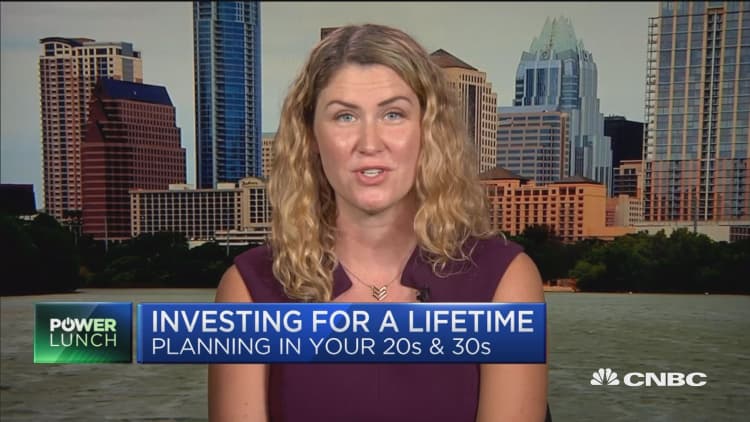Target-date funds are slowly starting to get to know their investors better.
A handful of financial services companies have started making these ubiquitous options in 401(k) plans less of a one-size-fits-all investment and more tailor-made for retirement savers.
"These consider additional factors about participants and have a more personalized portfolio for each person," said David Blanchett, head of retirement research for Morningstar Investment Management.
Target-date funds, which automatically shift from aggressive to conservative investments as investors move closer to retirement, held about $1.1 trillion in assets at the end of 2018, up from $158.4 billion 10 years earlier, according to Morningstar. As the default option in most 401(k) plans when employees are automatically enrolled, they've emerged as an ideal set-it-and-forget-it account for many participants.
Yet they also typically use age as the determining factor for how best to divvy up a participant's assets among stocks and bonds. While age and time until projected retirement do play a role in investment planning, two people of the same age could be in vastly different situations, which would make their ideal mix of investments look nothing alike.
The idea with personalized target-date funds is that the data already available from plan sponsors and 401(k) recordkeepers about enrolled employees — their age, gender, salary, savings rate, etc. — can be used to personalize an investment mix for a worker.
"It's a natural evolution for target-date funds," Blanchett said. "They have data about people, so now they're using it to determine a better portfolio for each person."
Among the firms already offering the option is Russell Investments, which has had its so-called "personalized retirement accounts" available as a default option in 401(k) plans since 2014. To date they've attracted about $300 million in assets, according to a company spokesman.
More from Advisor Insight:
Eight costly retirement mistakes to avoid
What you need to know before you invest in Lyft's IPO
Preparing heirs for the $68 trillion 'great wealth transfer'
Northern Trust Asset Management recently unveiled a similar option, which will combine its own index funds with participants' personal data. No clients have been signed up yet, however, a company spokesman said.
And at Fidelity Investments, companies are offered a program that allows them to default their workers into either a typical target-date fund or into personalized managed accounts. With the latter, there's a financial advice component that encompasses investments and savings held outside the worker's retirement plan.
Employees generally could use all the help they can get. While recent research shows that the retirement shortfall is better than it was five years ago, other data paint a dismal picture for some savers. The median 401(k) balance — half fall above, half below — at fund manager Vanguard was $26,331 at the end of 2017.
The good news is that with the convergence of technology and investing, the cost of saving for retirement has been dropping over time. In target-date funds, the average annual expense ratio — the yearly percentage of your assets that go to the fund company — runs less than 0.10 percent. It's a number that has been gradually falling over time.

Generally speaking, adding personalization pushes management costs up a little. For instance, Northern Trust Asset Management anticipates its option will come with an expense ratio ranging on the neighborhood of 0.10 to 0.20 percent.
Nevertheless, for many retirement savers the higher cost could be worth it.
"I'm a big fan of personalization," Blanchett said. "Plan participants want portfolios built for them that are based on where they are individually.
"They might be less robust than accounts with advice, but at the same time it's a step toward something that's more than a basic target-date fund."





